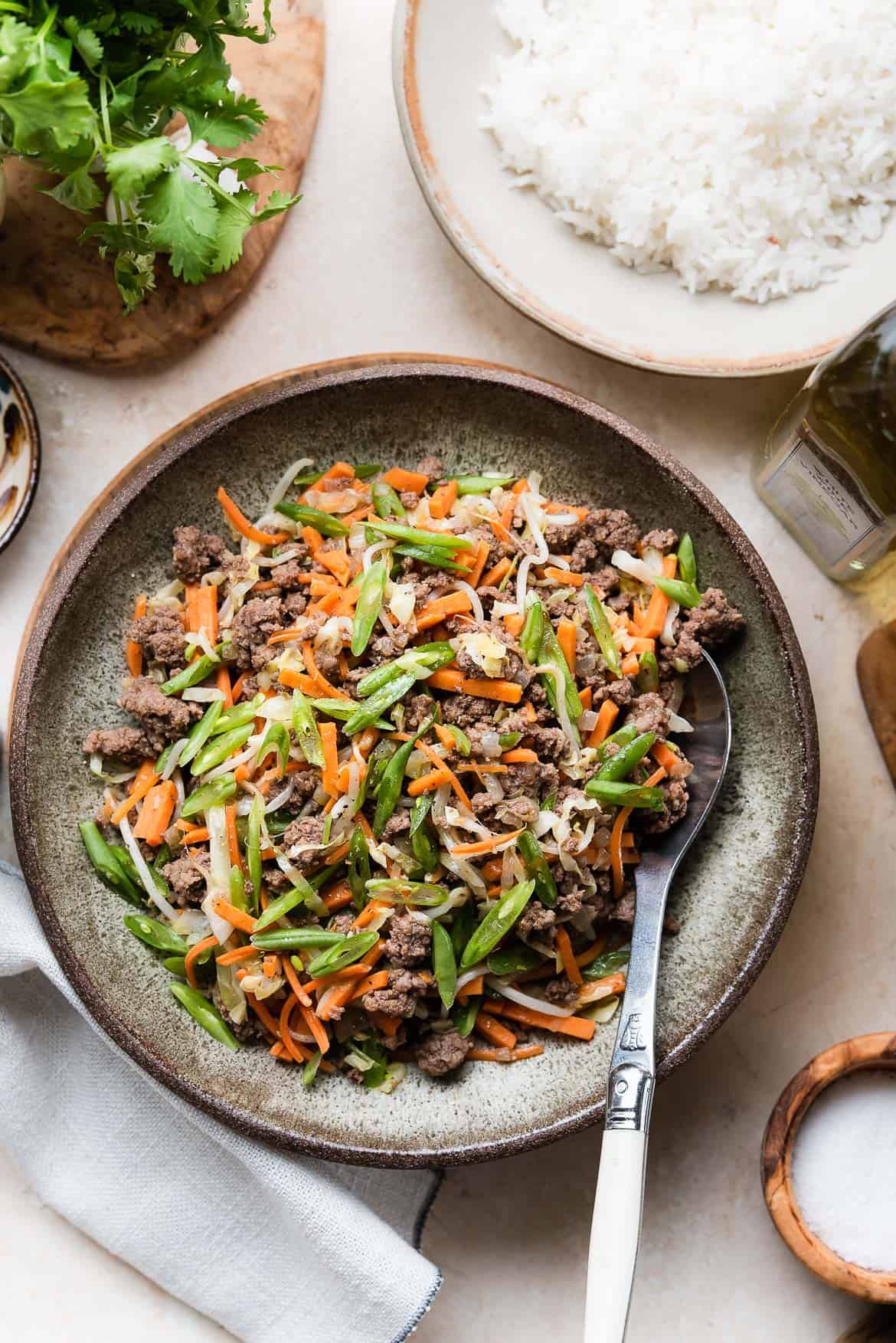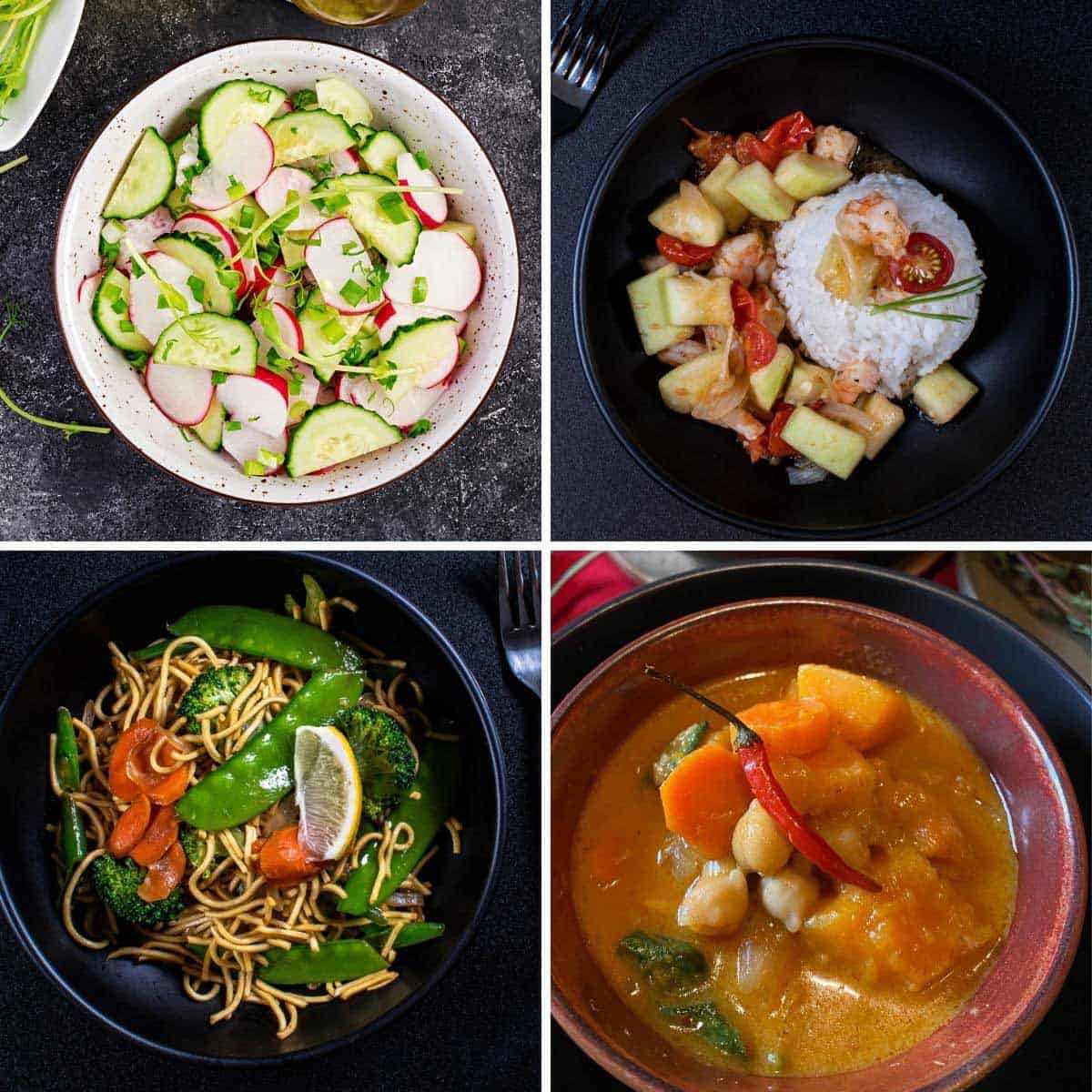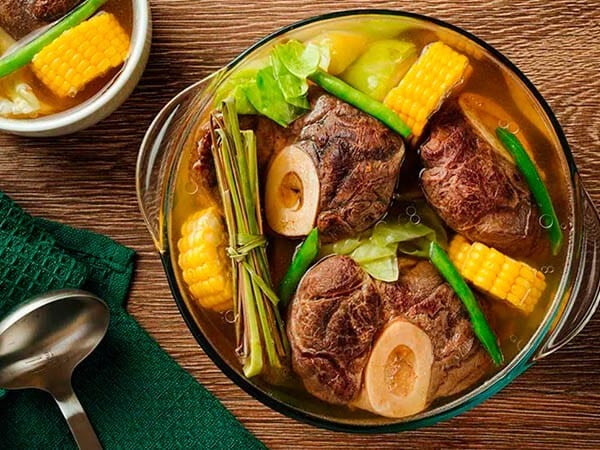From Soups to Stews : The Ultimate Filipino Food Recipes.
From Soups to Stews : The Ultimate Filipino Food Recipes.
Blog Article
Genuine Filipino Food Recipes to Try in your home
Exploring authentic Filipino food recipes offers an opportunity to appreciate the detailed flavors and cultural importance behind each dish. Making use of fresh, local components is essential, as is welcoming public dining-- a trademark of Filipino culture.
Popular Filipino Dishes
Filipino food flaunts an abundant tapestry of tastes and practices, with over a dozen iconic dishes that highlight the nation's varied cultural influences. Among one of the most popular meals is Adobo, a full-flavored stew commonly made with hen or pork, seasoned in vinegar, soy sauce, garlic, and seasonings. Its zesty taste profile makes it a staple in Filipino households.
An additional precious dish is Sinigang, a sour soup frequently made with tamarind, tomatoes, and numerous vegetables. This dish can feature pork, shrimp, or fish, and its rejuvenating taste is perfect for cozy environments. For those with a craving for sweets, Leche Flan-- a velvety caramel custard-- serves as a prominent treat, showcasing the Filipino penchant for rich, sweet tastes.
Kare-Kare, a hearty oxtail stew with a thick peanut sauce, in addition to the legendary lumpia, or springtime rolls, even more exemplify the variety located in Filipino food. Each dish not just provides one-of-a-kind preferences however also informs a tale of regional active ingredients and historical influences, making Filipino food a vivid reflection of its culture and heritage.
Crucial Ingredients for Filipino Food Preparation
The essence of Filipino cooking exists in its important active ingredients, which act as the foundation for the nation's precious recipes. A variety of tastes and textures integrated, showcasing the diverse cultural influences that form Filipino cuisine.
Trick components include rice, the staple that accompanies virtually every dish, representing sustenance and neighborhood. Soy sauce, vinegar, and fish sauce (patis) are vital for spices, conveying umami and depth to dishes. Fresh natural herbs like cilantro and basil add aromatic freshness, while garlic, onion, and ginger provide a durable taste base.
Healthy protein sources such as pork, poultry, and fish and shellfish are main to many recipes, typically marinated to improve taste. Veggies like eggplant, bitter melon, and green beans contribute essential nutrients and equilibrium - Filipino food recipes. Coconut milk is an additional significant ingredient, providing creaminess and a subtle sweet taste to various stews and desserts
Last but not least, calamansi, a citrus fruit, provides a refreshing tang that boosts recipes and beverages alike. With each other, these active ingredients develop the vibrant and rich tapestry of flavors that define Filipino cuisine, making it both reassuring and distinctive. Comprehending these principles is essential for anybody looking to replicate authentic Filipino dishes at home.
Step-by-Step Recipe Overview

Start by preparing your ingredients. For Adobo, cut the meat right into uniform pieces and season it in soy sauce, vinegar, garlic, and bay leaves for at the very least half an hour. Next, warmth oil in a pan and sauté the garlic and onions till great smelling, then add the marinaded meat, allowing it to brown uniformly.
For Sinigang, start by steaming water in a pot and including your selection of meat. Once tender, integrate tamarind paste or fresh tamarind for that trademark sour flavor. Adhere to with vegetables like radish and kangkong, food preparation till simply tender.

Tips for Authentic Taste
Usually, attaining authentic flavor in Filipino dishes hinges on the mindful choice and therapy of ingredients. Beginning with fresh, high-grade produce, as the vibrancy of vegetables and natural herbs dramatically improves the meal's overall preference. Staples like garlic, onions, and ginger form the aromatic foundation for many dishes; using them in appropriate proportions is click here for info crucial.
Selecting the ideal healthy protein is similarly essential. For example, standard adobo commonly employs poultry or pork, marinated to soak up the sauce's full flavor. Additionally, consider sourcing in your area generated or regional components, as they can offer credibility that store-bought options do not have.
Food preparation methods additionally play an important function. Slow-cooking methods, such as braising or stewing, enable tastes to fuse magnificently, while frying can add a rewarding appearance. Do not forget spices; making use of salt, fish sauce, or soy sauce at the right moments can boost a recipe substantially.
Offering and Enjoying Filipino Food
Cooking experiences are improved when Filipino food is offered with attention to custom and community. The method of sharing dishes is main to Filipino society, symbolizing unity and hospitality. When serving Filipino dishes, consider utilizing traditional serveware, such as clay pots or bamboo baskets, which improve the authenticity of the experience.
Normally, Filipino meals are delighted in family-style, with a variety of dishes placed at the facility of the table. This communal approach encourages communication and allows guests to sample various flavors. A well-curated spread could consist of staples like adobo, sinigang, and lumpia, enhanced by rice, which is an essential part of every dish.
Coming with the food with traditional dressings, such as soy sauce, vinegar, or chili paste, can boost the eating experience, welcoming diners to tailor their plates to their preferences. Furthermore, incorporating regional drinks, like calamansi juice or tuba, can boost this link the total taste account.
Verdict

Report this page